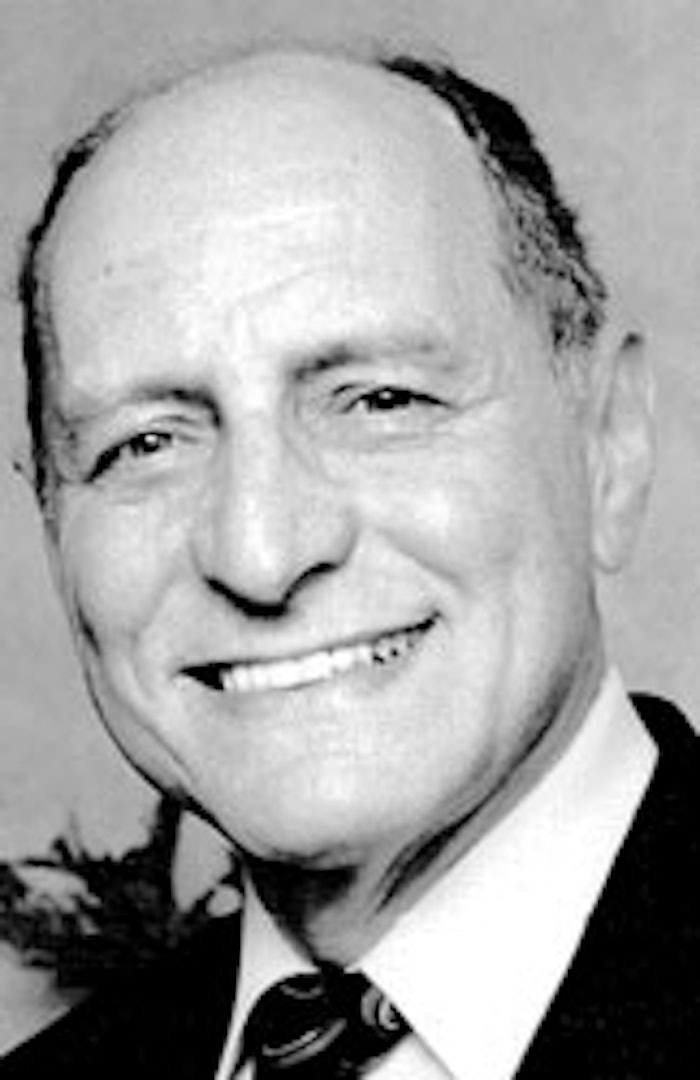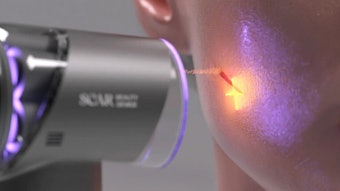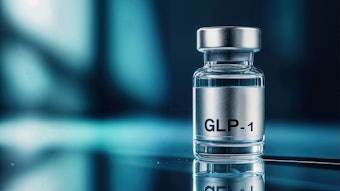
Few in the cosmetics R&D industry have not heard of Paul Thau, who after more than 50 years of formulating, still actively attends personal care events to mingle with new people and keep on top of new technologies—truly a picture of what has made him and continues to make him an innovator of his time.
Although his education was in pharmacy, Thau joined the cosmetics industry after he was told about its opportunities for pharmacists. He joined Revlon in 1955 as a junior chemist and has been with the industry ever since. Thau has formulated products in nearly every personal care category except for color since, as he explained, he is red-green color-blind. The following excerpts are taken from an interview with Thau.
C&T: What was one of your first formulating challenges and how was it resolved?
I joined Bristol Myers-Squibb in 1957 where I had an opportunity to work on a lotion. The product was already on the market but it had a technical issue: Over a period of time, the viscosity would drop. One of the problems was that the emulsifier (a nonionic ester) would break up at low pH levels. It was reformulated with a more stable emulsifier (an ether), and it finally led to a much more stable formulation.
C&T: Who were some of your mentors? How did they shape your career?
So much of my progression depended upon the immediate person with whom I was working. I was lucky to have Herb Edelstein guide me at Revlon. He was a born teacher and provided me with a good education. He was also very open and encouraged me. A lot depended on having someone who was willing to teach and share his knowledge. I also worked both with Marty Rieger and Charles Fox, at my time with Warner-Lambert, two gems and wonderful mentors.
I learned later on that it was my responsibility to pass that knowledge on to future cosmetics chemists. All too often today, cosmetic manufacturers have to bring in outside consultants to educate employees about cosmetic formulating. Fortunately, there are more courses in cosmetic chemistry today—although there is still no substitute for a senior person who is willing to share.
C&T: Describe a lesson you learned when formulating oral care products.
At Ciba Phamaceutical Co., I was tasked with converting Binaca brand breath drops into an aerosol spray but no one could take that flavor and put it into an aerosol because it would clog the valves. Jack Cooper, the head of the pharmaceutical group, gave me the formulation that had about 38 ingredients in it, two of which were the resins myrrh and benzoin. I knew from my pharmacy days that they had poor solubility with alcohol, so I made that formula without those ingredients and low and behold, it was fine with the propellants.
C&T: What is one of the biggest lessons you have learned in general?
Again at Ciba Pharmaceutical Co., I was working on a Binaca toothpaste and one of the marketing experts asked me if we make a clear toothpaste. I responded that the abrasives used in the system were dense and opaque, but to my embarrassment, about six months later, Unilever came out with the transparent Close-up brand toothpaste. They were using a colloidal silica, which had a fine particle size and low refractive index. That embarrassment taught me to say that nothing is impossible. I learned that when working with marketing, R&D should always investigate before saying that something cannot be done.
C&T: Speaking of tackling the impossible, describe a task that seemed impossible yet proved successful.
I had created a formulation that was 20% petrolatum but when I showed it to the marketing team, it wanted a mousse rather than lotion. My first perception was that—with 20% petrolatum and less than 2% emulsifier—it would be difficult to make a mousse with typical aerosol propellants.
I went to the aerosol labs and worked with Mac Bhuta, who had to experiment with different aerosol propellants. He eventually found a blend of dense propellants that produced luxurious, consistent foam with the petrolatum formulation. That formulation also had limited tackiness. I could not have achieved such success without an aerosol chemist and competent packaging and scale-up experts—you have to work as a team.
C&T: What have your junior chemists taught you?
At Warner-Lambert, I was working with [polyquaternium-10], and the suppliers of the material said it was not compatible with typical shampoo ingredients like sodium lauryl sulfate. Bob Angulo, at that time a junior chemist, had the idea to incorporate this material into an anionic shampoo. He was successful, and the formulation showed conditioning activity. Sometimes you have to listen to the junior person.
C&T: What tip can you give formulators as they begin to make products?
It is imperative, when possible, to conduct pre-formulation work since it is an opportunity to choose ingredients and make selections systematically. Chemists are only given a limited time to develop a formulation, so when time is available, it is key to do exploratory work. At Cosmair, I was able to develop a method to stabilize vitamin C in formulations; a good amount of that work had to do with interacting in the industry to find out what had been done previously and what was available from suppliers. Our group did some work with an anhydrous formulation technique and found that a silicone vehicle (g/s vehicle) could stabilize vitamin C.
C&T: What products do you find the most difficult to formulate and why?
It used to be that w/o emulsions were the most challenging and they were limited due to aesthetics; however, special emulsifiers have been developed that have made this easier. For instance, today’s silicone emulsifiers allow formulators to make some sophisticated w/o emulsions. This is aided by high energy emulsification processing. Microfluidics can be used to produce sprays with high petrolatum content systems. There is always the next frontier and no one person can keep up with the myriad of new developments.
C&T: What is one of the biggest formulating mistakes you have made?
[Fox] and I were formulating a hair dressing based upon a carbomer and a simple preservative in an unlined aluminum package, and neither he nor I could figure out why the formulation was corroding the aluminum tube. The trace preservative (.003% methialate) was catalytically creating a reaction and liberating hydrogen, decomposing the aluminum. We needed an alternate preservative.
C&T: What advice can you offer novice formulators regarding testing?
No matter how simple the formulation, you need to conduct complete testing. Again, when I was at Cosmair, another company took one of our formulations and reformulated it with another emollient to serve as the pressing agent. The product was produced and distributed globally but in cold areas, the pressed tablets were exploding. As it turned out, the cosmetic company had used the emollient isopropyl stearate palmitate without blending it with an anti-freeze agent. When the oil used as the compression agent was frozen, it solidified. Even with a pressed powder, you need to put it through freeze-thaw cycle.
C&T: What technology has revolutionized cosmetic formulating?
Silicone technology has definitely changed the personal care industry. Cyclomethicones have made it possible to develop many more elegant formulations.
C&T: Apart from attending industry events, what are your other hobbies?
I like to play tennis and maintain my overall health and wellness. I do some gardening as well, and recently planted some hybrid tomato seeds; I must have about 10 tomatoes now. I also like to read and spend time with my two daughters and two grandchildren.










